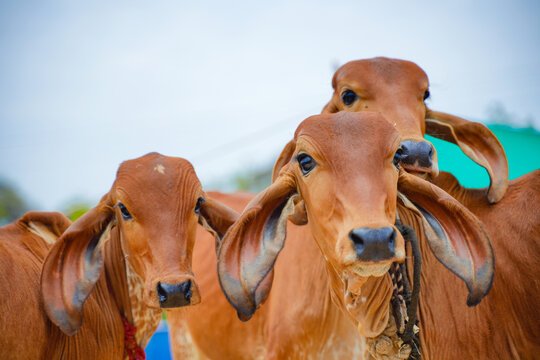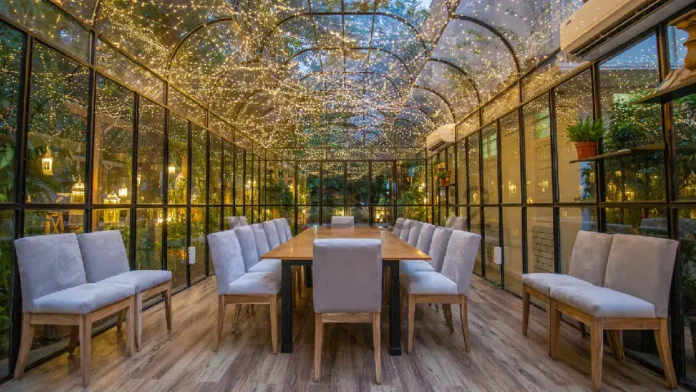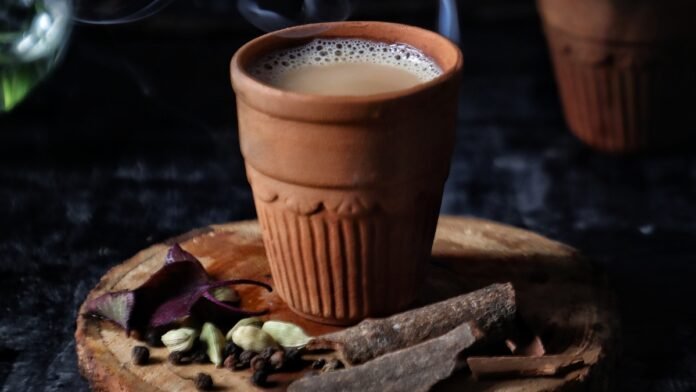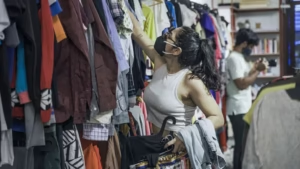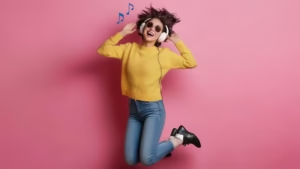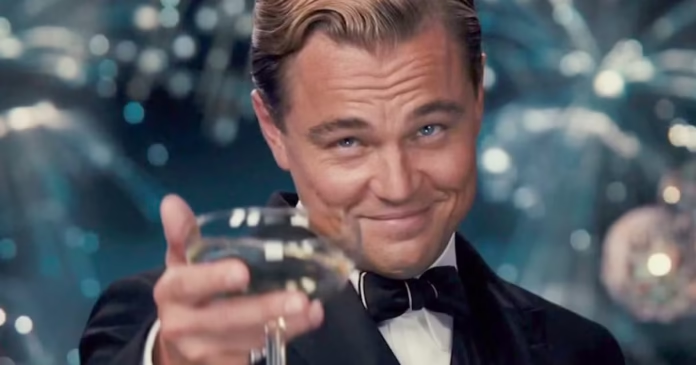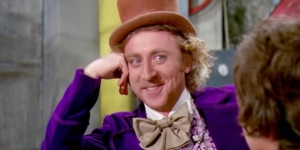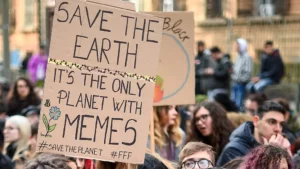💬 Intro: Indian Cows Have Passports — No, This Isn’t a Meme! 😂🐮
Ever heard someone say “Cows are sacred in India”? Of course you have. But here’s the twist — in some Indian states, cows are not just holy, they’re officially documented! 😲
Yup, you read that right — Indian cows have passports (well, kind of). Some states have issued photo IDs and RFID tags to track cattle movement, stop illegal smuggling, and maintain health data.
So basically… while we’re still applying for our passport renewal, our gau mata is already ready for international travel! ✈️🐄
Let’s decode this utterly desi, utterly hilarious truth behind how and why Indian cows have passports — and why it’s not as crazy as it sounds!

🧾 1️⃣ What Do We Mean by “Cows Have Passports”?
No, cows aren’t lining up at the passport office. 😅
In states like Uttar Pradesh, Haryana, and Rajasthan, authorities have started tagging cows with unique identification numbers (UINs) and sometimes digital profiles that include:
-
Owner’s name 🧍
-
Cow’s photo 📸
-
Breed 🐄
-
Health details 💉
-
Location and vaccination records 📍
In simple words — it’s a cow’s official ID card, a.k.a. “Gau-Passport!”
These IDs help the government track every registered cow and prevent smuggling across borders — especially in regions near Nepal and Bangladesh.
🕵️ 2️⃣ Why Did Indian States Start This “Cow Passport” Idea?
Because — Desi jugaad meets technology! 💡
Smuggling of cattle has been a big issue for years, and with lakhs of cows moving between states, tracking them was tough.
So, the government thought, “Why not give each cow a digital identity?” — simple, efficient, and totally meme-worthy.
The idea also helps in:
-
Curbing illegal cattle trade 🚫
-
Monitoring health and vaccination drives 🩺
-
Maintaining livestock databases 📊
It’s like Aadhaar for cows — only cuter. 🐮📲
📸 3️⃣ Indian Cows Have Photo IDs — Yes, Actual Pictures! 😂
This is where it gets even funnier (and more real). Some local administrations actually clicked photos of cows to link with their ID cards!
Imagine a photoshoot with the caption: “Say Moo for the Camera!” 📸🐄
These photo IDs help police identify stolen or smuggled cattle.
And if you’re wondering — yes, some IDs have better resolution than our own voter cards. 😭
🌍 4️⃣ India Isn’t Alone — Other Countries Do It Too!
Turns out, India isn’t the only one giving cows VIP treatment!
Countries like UK, Ireland, and Switzerland also issue digital “cattle passports” to track animals’ lineage and health records.
So technically, our desi cows are just being global citizens. 🌐🐮
But in India, the concept carries a deeper cultural tone — cows are considered sacred, so this move feels like tech-meets-tradition with a sprinkle of respect (and memes). 😅
📦 5️⃣ The Digital Future: Cow Data Goes High-Tech 🖥️
With the rise of smart farming, RFID tagging, and cloud databases, even “Gau Mata” is going digital.
Some states are now experimenting with mobile apps to update cow info in real time — birth, vaccination, ownership transfer, etc.
At this rate, don’t be surprised if next time your cow gets a notification:
“Your vaccination is due tomorrow. Please moo once to confirm.” 🐮📱😂
💡 So, What’s the Real Point Behind This Moo-vement?
While it sounds hilarious, it’s actually smart governance.
Tracking livestock helps with animal welfare, rural income monitoring, and even insurance schemes.
But yes, the meme potential is unlimited.
Because in true Desi style — only in India can we say, “Bro, even cows have passports now!” 🇮🇳😂
🌟 Final Sip (of Milk): Desi Innovation Never Fails! 🥛
From holy symbols to digital citizens — our cows have officially entered the 21st century.
So next time you’re standing in a passport queue, just remember — somewhere, a cow already got hers. 🐄💅
India doesn’t just believe in “Digital India” — it believes in “Digital Gau Mata.” 💻🙏
Follow us on Instagram 👉 @DesiBooze
for more mind-blowing Desi facts, infotainment, and daily LOL content! 🎭🔥
Also See –


